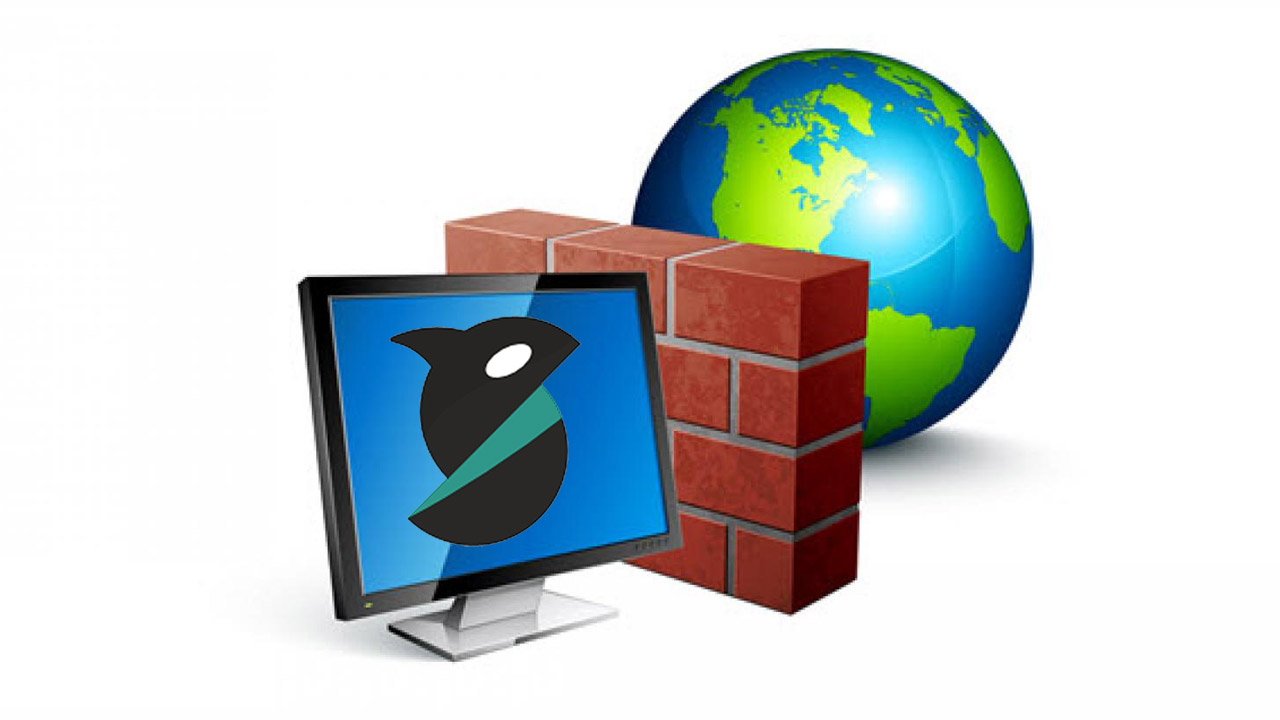Bambu Lab P1S: How to also make sure that the Orca slicer does not send data
Those who have already read the 1. article on the Bambu Lab P1S by me know that I have limited faith in the printer’s privacy policy. As good as the whole system is otherwise (and you have to hand it to the printer: It’s pretty good in terms of print quality, etc.), the privacy issues with the system are serious.
In the meantime, however, I’ve actually blocked everything, so there shouldn’t really be any more privacy leaks.
But one problem was still the software slicer. OrcaSlicer is an OpenSource program and therefore already much less problematic than the actual system (because you can at least trace in the code whether data is sent or not), but who e.g. only downloads the pre-compiled EXE file, can not be completely sure whether it is really the same software as the one whose source code is provided.

There are two solutions for this: compile it yourself (but this requires that you have a relatively deep understanding of how to do this and of course you have to be able to interpret the code yourself to know that no information is being sent there.
I would say that we are moving on a rather difficult level.
The simpler variant is to simply cut off the software from the Internet with the firewall. Here we do not need to consider any of the above: The software gets access to the Internet, or it doesn’t, and that’s it.
In Windows, there is the Windows Defender Firewall for this purpose.
Since Orca is not a “permanently installed“ program, it is also a bit more difficult to block, but of course you can do that too.
So if you don’t trust the OpenSource approach completely and really want to be sure:
Just use e.g. the Windows Firewall to block the software.
It then goes like this:
1) Open the Start menu and search for “Firewall“. You should find the entry “Windows Defender Firewall with Advanced Security“ under “Apps“.
2) Click on “Outgoing rules“ on the left.
3) On the right you will see “New rule...“. Please click on it.
4) Now select “Program“ and “Next“.
5.) At “This program path“ click on “Browse“ and navigate to “orca-slicer.exe“ and click on “Next“ after the selection.
6) Select “Block connection“ and “Next“.
7) Selects “Domain“, “Private“ and “Public“.
8) Enter a meaningful name and a small description, should you want to find / deactivate the rule in the future and then press “Finish“.
Now the software can no longer communicate to the Internet.
The only disadvantage: Now you have to look for updates yourself and find the corresponding updates on the Internet via the browser.
Note: I have also expanded the original article with this information, so it is there again in one piece.
And with those adjustments, then the P1S is really an excellent printer and you don’t really have to worry about anything in that direction anymore.
The only drawback is that firmware updates cannot be installed via the SD card at the moment, but this function may be available in the future (according to an interview with the company founder). The printer will probably have to be connected to the network only once, so that this update can be installed when the time comes.

